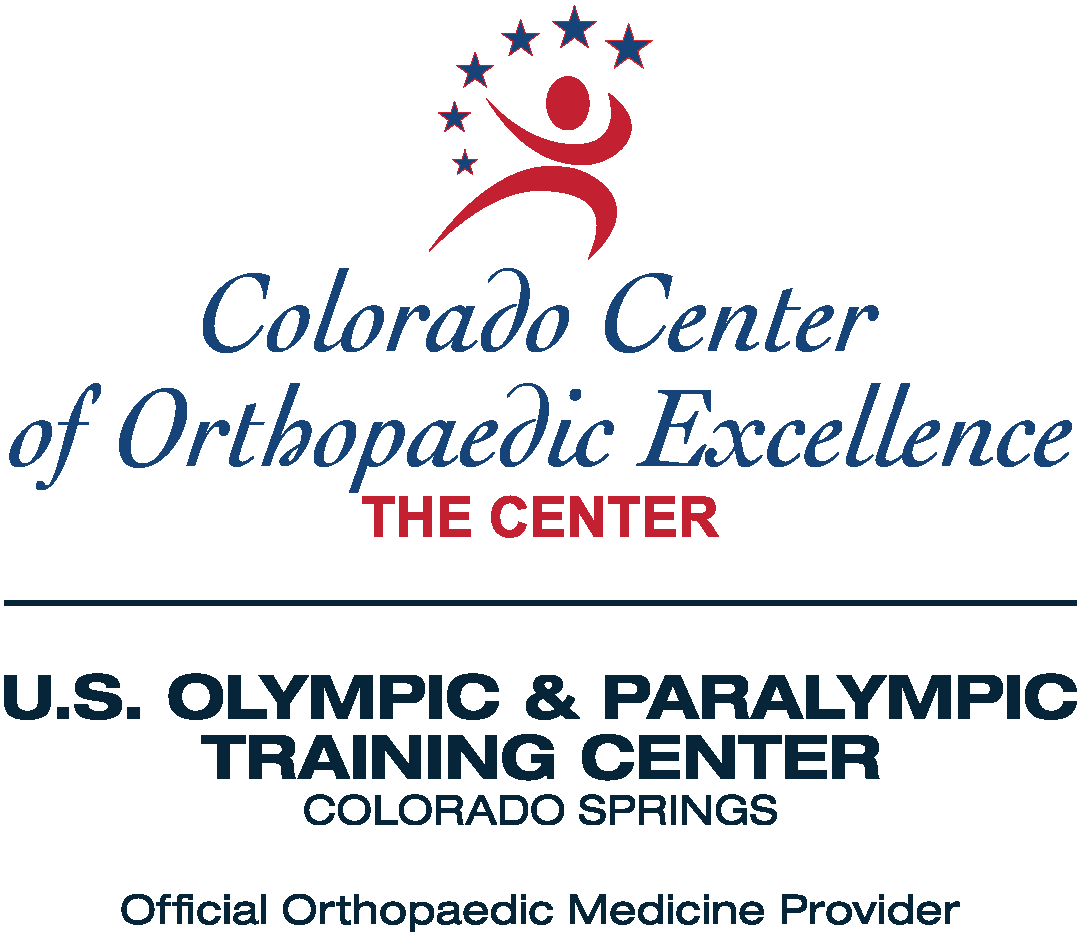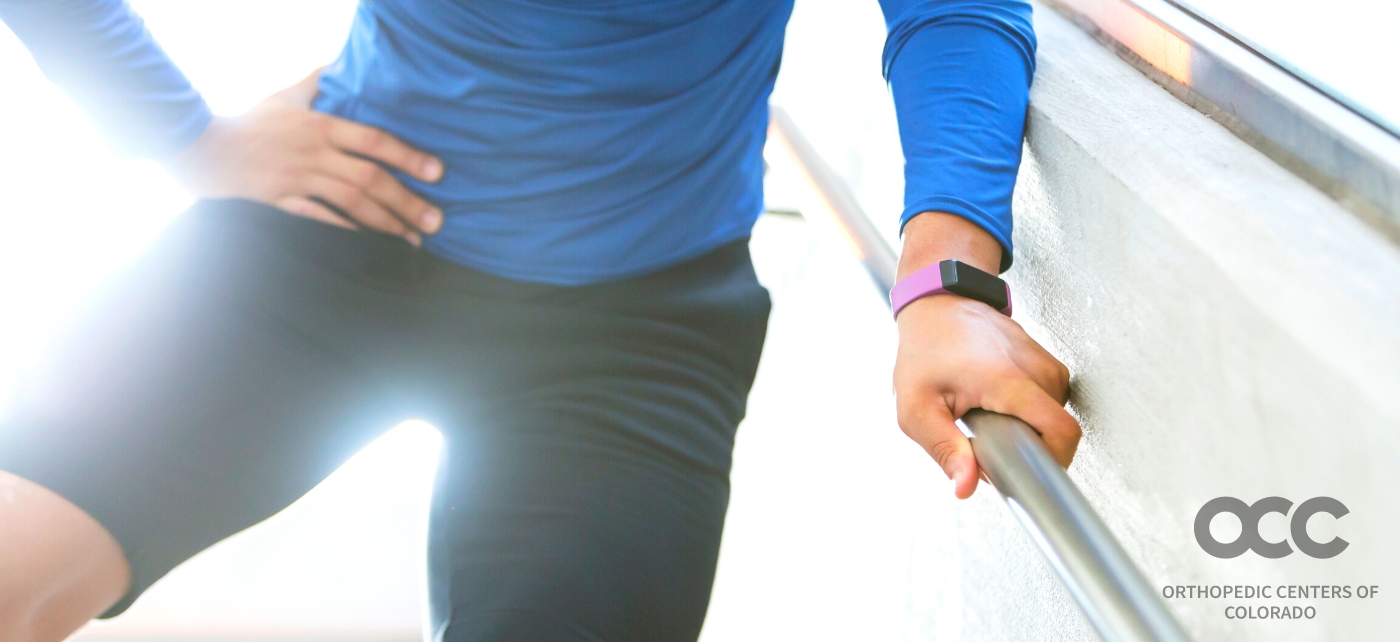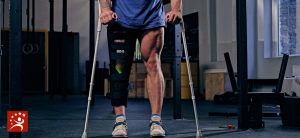Femoroacetabular impingement — also known as FAI or simply as hip impingement — is a common condition affecting competitive athletes and active older adults alike. With appropriate proactive treatment, many individuals with FAI can return to the playing field or their active lifestyle without pain and discomfort. The word to consider closely here is “proactive.” Without proper treatment and management, hip impingement can lead to degeneration of the cartilage in your hip and put you at risk of developing osteoarthritis. This is why you should consult the experienced orthopedic hip specialists at the Colorado Center of Orthopaedic Excellence in Colorado Springs, Colorado, as soon as you feel pain or discomfort. At CCOE, you can stop hip impingement from impinging on your life.
OVERVIEW
Hip impingements are common. They occur when the femoral head (ball of the hip) pinches up against the acetabulum (cup of the hip). When this happens, damage to the labrum (cartilage that surrounds the acetabulum) can occur, causing hip stiffness and pain; experts estimate hip impingement affects 10% to 15% of all adults and is seen more often in men. Health professionals now know that hip impingements are one of the leading causes of early osteoarthritis. With FAI, the cartilage within a joint begins to break down, and the underlying bone begins to change. In this case, the hip joint.
WHAT IS HIP IMPINGEMENT?
The hip is the joint where the thigh bone meets the pelvis. It is called a ball-and-socket joint because the ball-like top of the thigh bone fits into a cup-like area within the pelvis, much like a baseball fits into a glove. The acetabulum comprises the “socket” portion of this joint. The outer rim of the acetabulum is composed of fibrocartilage, known as the labrum. The labrum extends the ball socket, increases the overall stability of the joint, and acts to seal off the joint fluid to help lubricate the joint. The labrum also allows the ball and socket joint to operate smoothly during activity. The femoral head, or the top portion of the thigh bone, creates the “ball” portion of the hip joint. Disease, deformity, injury, and other issues involving the ball and socket joint may lead to a painful condition known as hip impingement.
TYPES AND CAUSES
There are three types of hip impingements. Doctors classify them based on which structure is affected.
- Pincer Impingement: In pincer impingement, an extra piece of bone extends over the edge of the hip socket. This bone can cause the femur to rub against the layer of cartilage that lines the outside of the hip socket, called the labrum. This can cause degeneration. Pincer impingements seem to be more common in women and often happen during a child’s development.
- Cam Impingement: A cam impingement develops when the head of the femur isn’t perfectly round and doesn’t move smoothly within the hip socket. Over time, this can cause a bump to form on the femur head that grinds down the hip’s labrum. In some cases, physical activity may cause this growth to occur.
- Combined Impingement: A combined (or mixed) impingement is when both types of the above types exist concurrently. Studies have reported the incidence of combined impingement to be between 13.7% and 44.5%.
SYMPTOMS
When hip impingement causes symptoms, it may be referred to as hip impingement syndrome. One can have hip impingement for years and not know it because it is often not painful in its early stages.
Some common symptoms include:
- Pain in the groin during made worse by bending up the hip or at the waist when riding a bike, tying shoes, or sitting for a long time
- Pain in areas like the outer hip, thigh, lower back, or buttocks
- Difficulty flexing the hip beyond a right angle
- Hip stiffness
- Trouble going upstairs
- Limping
- Loss of balance
NON-SURGICAL TREATMENTS
In some instances of FAI, individuals can minimize pain, stiffness, and discomfort by making basic lifestyle adjustments. For example, those who experience symptom flare-ups after rigorous activity may need to reduce the frequency and intensity of these activities. For less severe instances of hip impingement, nonsurgical, conservative care treatment may adequately relieve a patient’s FAI symptoms. Nonsteroidal anti-inflammatory drugs (also known as NSAIDs) may be used to help relieve minor aches and pains. Similarly, the RICE (rest, ice, compression, elevation) method may also be recommended to help alleviate hip impingement symptoms. The RICE method is a commonly used treatment for many conditions involving inflammation and pain, especially for individuals who experience flare-ups following rigorous activity. Hip impingement physical therapy is a standard option for many patients. FAI hip exercises include resistance training to strengthen the abdominal muscles and the surrounding tissues of the hip joint. Other FAI exercises focus on balance training, and still other hip impingement exercises emphasize flexibility and increasing the range of motion in the affected joint.
WHEN IS SURGERY INDICATED?
If the pain does not improve with these interventions, surgery may be recommended. Hip impingement surgery is a standard treatment option, and many instances of FAI can be adequately treated using arthroscopy. During hip impingement arthroscopic surgery, a small camera (known as an arthroscope) is inserted through a small incision, allowing the surgeon to view the damaged joint internally. Then, during the procedure, the doctor may remove or trim damaged articular cartilage and/or damaged portions of the labrum itself. In more severe cases, open surgery may be needed to repair the damage fully. The earlier surgery is performed, the greater the chances of a complete recovery. Even if cartilage has been damaged, surgery may still reduce pain and improve the range of motion.
GETTING THE RIGHT DIAGNOSIS. GETTING THE RIGHT DOCTOR.
What is essential, above all, is ruling out other potential conditions. Hip impingement is often confused with other sources of pain, such as hip flexor tendinitis, pain from the back (disc or spine), testicular pain, and sports hernia. Imaging such as X-rays, CT scans, and MRIs may be needed to help determine not only if you have hip impingement but also which type you have. It takes a skilled orthopedic hip specialist like you’ll find at the Colorado Center of Orthopaedic Excellence in Colorado Springs, Colorado, to interpret the imaging correctly and identify the complicating factors so that the right treatment plan can be successfully developed for each patient. At CCOE, it isn’t just about the mechanics of treating hip impingement. It’s about understanding how you feel and knowing how important it is for you to get back your full range of motion. So you can get back to living your best life. Book an appointment now.








